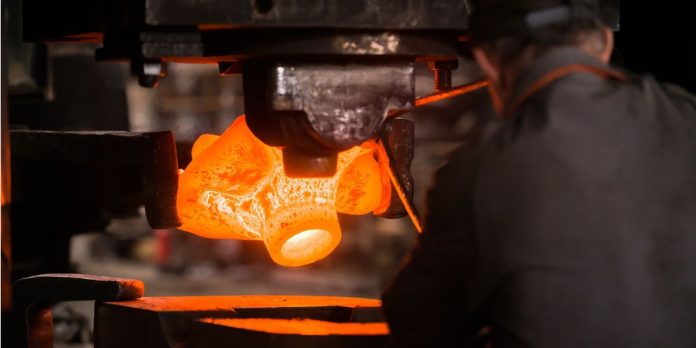Metalworking is a task many manufacturing industries have taken up to produce objects for use in industrial applications. Countries like China have big manufacturing plants which supply such products all over the world. Different materials are used to develop the forgings, such as aluminum, which allows design versatility, is flexible, attractive, and cost-effective. Check out aluminum forging suppliers for more information on aluminum forgings. In this article, we outline the forms of forging in metalworking.
Forms of forging in metalworking
Forging is a major manufacturing process that involves metal shaping by applying pressure. Various techniques are used to accomplish forging, leading to the production of different objects. Each process has a distinct difference, but some have slight similarities. They include;
1. Isothermal forging
It is also known as hot forging. It involves high heating temperatures where metal blocks are heated into a molten form. The temperature is usually above their melting point temperature, which is perfect for not causing any shape deformities. Hot forging improves the metal fill flow and strength. In addition, the process produces clear object shapes, machining requirements are low, and involves part repeatability. Also, heat consumption is low; hence manufacturers can use small machines to form the objects. One significant drawback of this type of forging is the cost of materials is high due to the pressure and temperature concerns.
2. Drop forging
A metal workpiece is placed in a die, and a hammer is used to hammer it until it takes the shape of the die. Unlike hot forging, drop forging can be done in high or normal temperatures. The technique enhances the qualities of the metal, making it better than the original. Drop forging is further divided into two; impression die forging and open die forging. Also known as closed die forging, impression die forging is where metal is put between two dies, which are then brought together, causing the metal to increase in size and overflow. The overflow or flash then cools quickly, becoming thin, hard and increasing the dies’ pressure. The remaining molten metal flows to fill the empty impressions.
The open die forging process deforms a metal piece placed between dies that don’t cover it entirely. The dies hammer the materials continuously until the shape changes to the desired form. This method involves simple products like rings, discs, cylinders, and sleeves; however, they must undergo secondary machining to acquire the tolerance and other specifications.
3. Upset forging
It is ideal for extended or elongated shapes where only part of them must be forged. Blocks of metal are deformed under high pressure to create objects of different sizes and great strength. The forgings are made by putting material on a particular steel or carbon area. Split dies allow the material to move past the machine, and a third die connected to the header provides the forming force.
Bottom Line
Forging processes are many, but those listed above are the most common. They all function differently and have advantages and limitations. It’s important to consult the manufacturer on the best type to use for production before the process begins.









